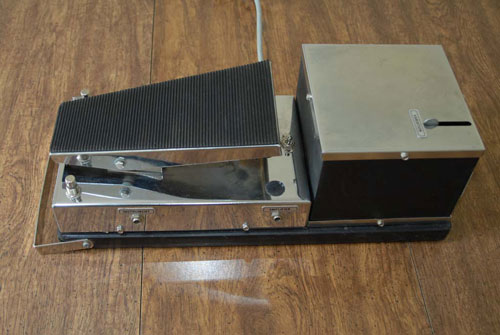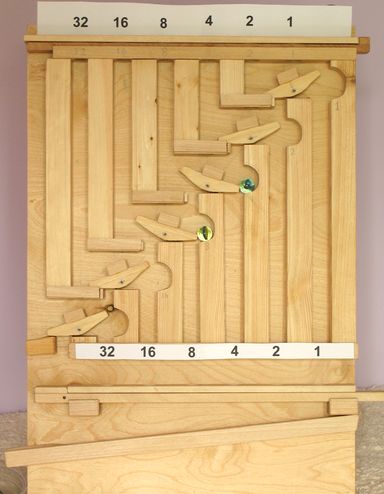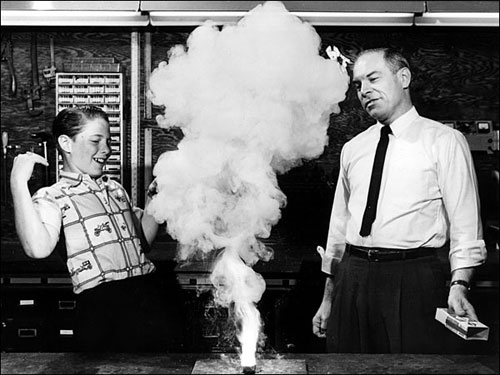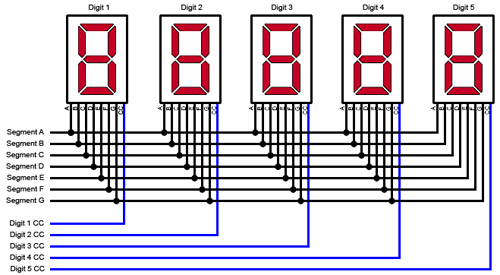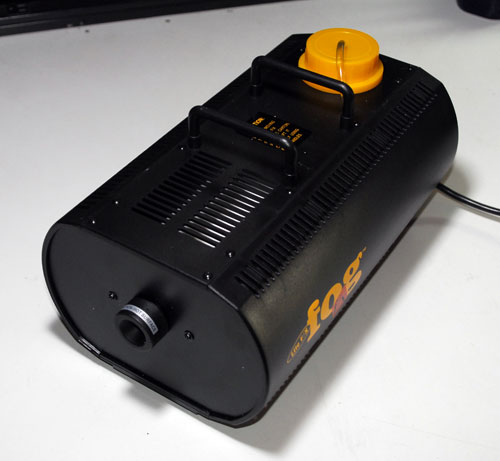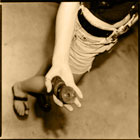Oil Can Delays
AudioThe other day I had a chance to play with a Morley RWV Rotating Wah pedal that was made in about 1973. It had the standard volume pedal that became a wah pedal when you pushed a button. It also had another button that activated the “rotating sound” effect which was achieved with an oil can delay. I’d heard about these devices before but I’d never seen one. Of course I had to take the pedal apart to see what was inside.
